50+ HR Form Samples & Templates
Found in this collection is an array of HR forms used for different HR-related intentions in the workplace.
-
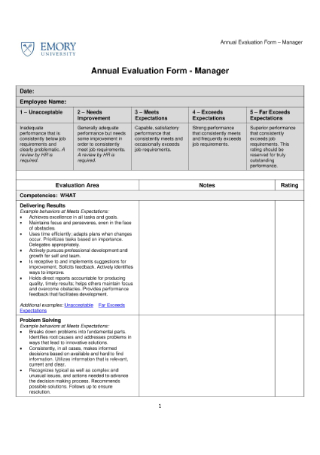
Annual Evaluation Form
Rate the performance of each of your employees by conducting an annual evaluation.
-
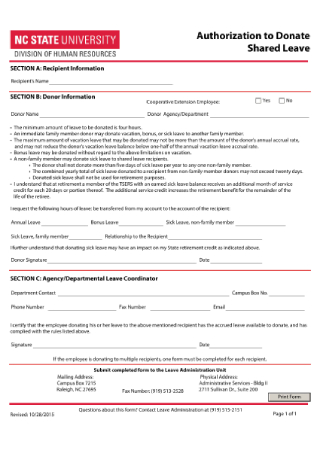
Authorization to Donate Shared Leave Form
Allow employees to donate their leaves of absence to a qualified staff member by filling a form.
-
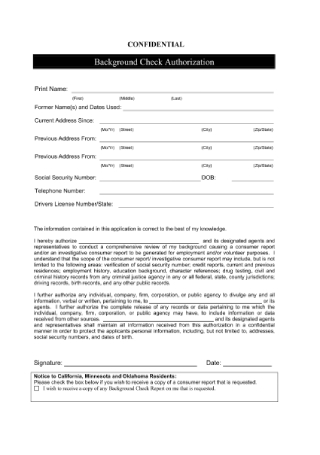
Background Check Authorization Form
Gain the authority to do a background check on company employees using a form.
-
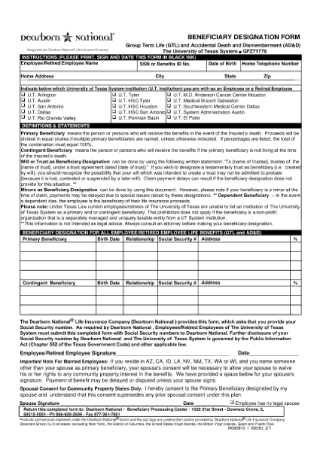
Beneficiary Designation Form
Designate a beneficiary on an employer-sponsored retirement plan with a form.
-
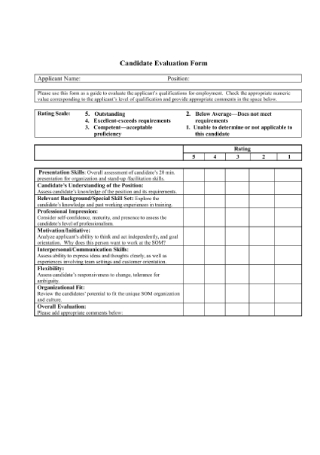
Candidate Evaluation Form
Rank a candidate’s overall qualification for a particular position using an evaluation form.
-
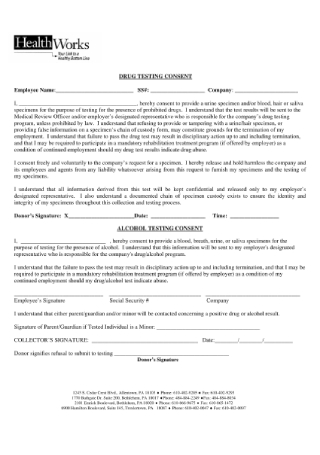
Drug Testing Consent Form
Request applicants to undergo a mandatory drug test with the use of a form.
-
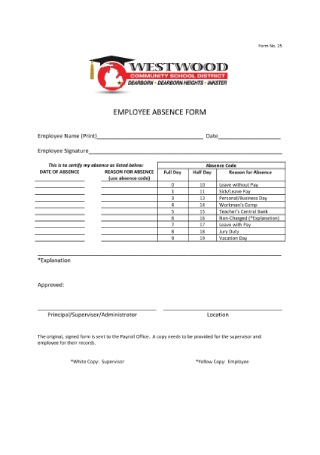
Employee Absence Form
Keep a record of employee absences with the help of a form.
-

Employee Accommodation Request Form
Provide equal employment opportunities to individuals with disabilities using a request form.
-
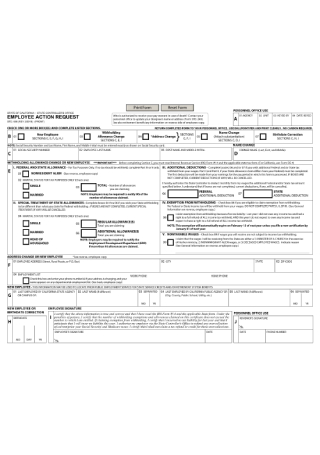
Employee Action Request Form
Determine the exemption status for taxable deductions through an EAR form.
-
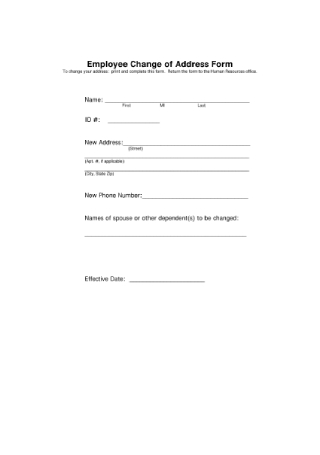
Employee Change of Address Form
Allow employees to update their current home address using a change form.
-
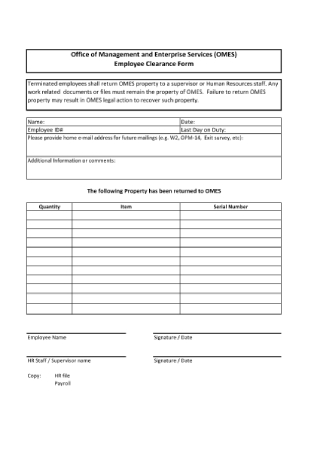
Employee Clearance Form
Use a form to clear terminating personnel from pending financial and non-financial obligations.
-
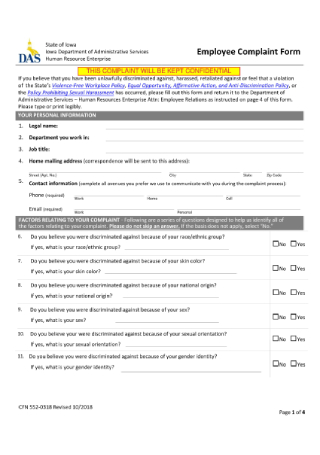
Employee Complaint Form
Investigate issues within the company by using a form for employees to raise their concerns.
-

Employee Contact Information Form
Keep a record of an employee’s contact information for easy reach.
-

Employee Direct Deposit Enrollment Form
Establish a faster, more convenient payroll system through the form provided.
-

Employee Discipline Form
Describe workplace violations and incidents by documenting these actions in a form.
-
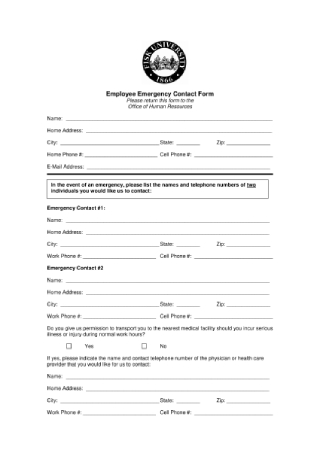
Employee Emergency Contact Form
Know who to contact in the event of a workplace emergency with the help of a form.
-
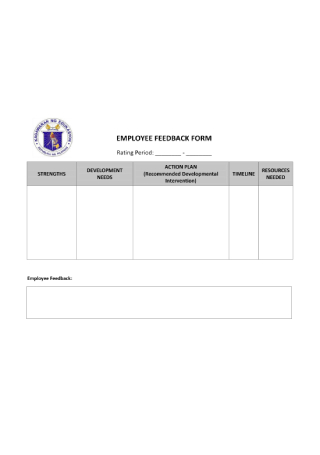
Employee Feedback Form
Offer professional feedback to members of your staff with the use of a form.
-
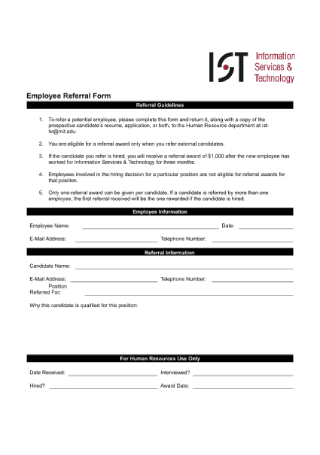
Employee Referral Form
Organize a referral program for your company with the help of the form provided.
-
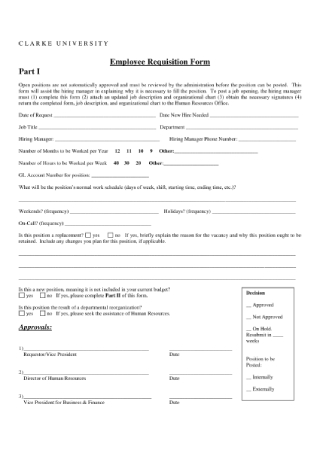
Employee Requisition Form
Create a new position or refill a vacated one by filling out an employee requisition form.
-
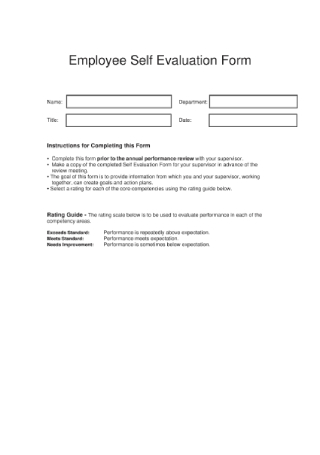
Employee Self-Evaluation Form
Have employees make a written review of their performance with a self-evaluation form.
-
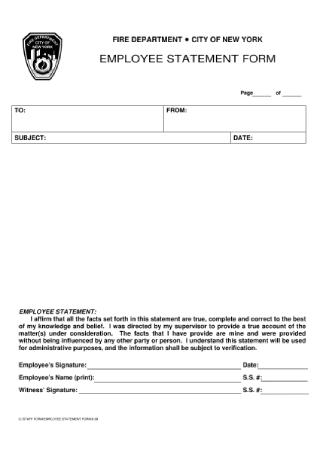
Employee Statement Form
Document the report of an alleged incident within the workplace using this form.
-
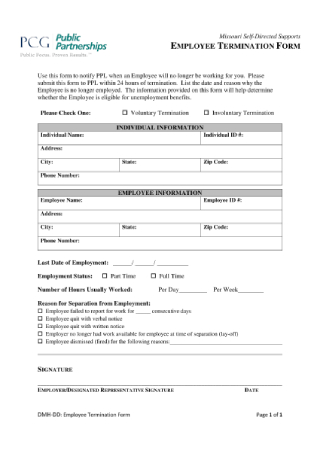
Employee Termination Form
Notify an employee that his or her services are no longer required through the use of a form.
-
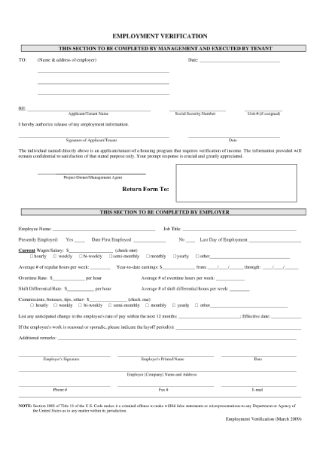
Employment Verification Form
Make use of this form to verify the income or salary earned by an employee.
-
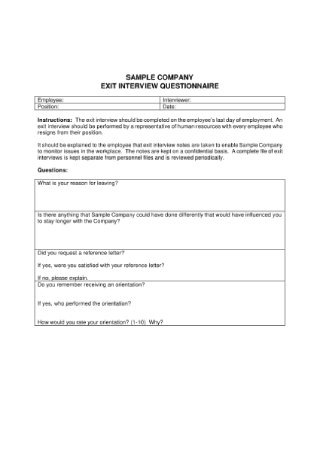
Exit Interview Form
Collect honest feedback about a resigning employee’s experience with the company using a form.
-
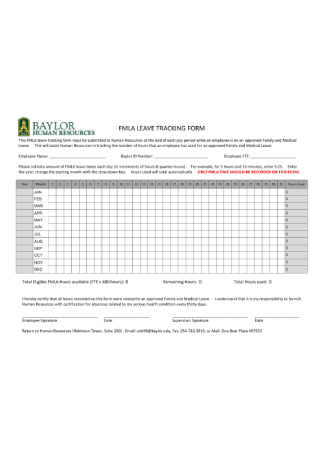
Family and Medical Leave Tracking Form
Calculate the leave time used and available to an employee with the help of a tracking form.
-
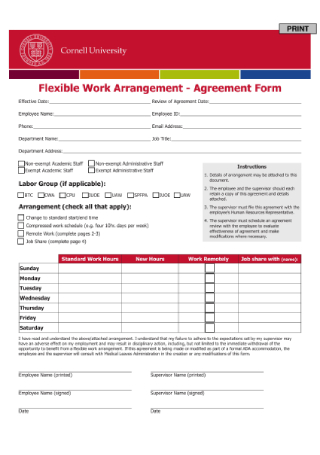
Flexible Work Arrangement-Agreement Form
Facilitate the application of a flexible work arrangement with the form provided.
-

Formal Grievance Form
Prepare a formal grievance form that employees may fill out in order to forward a complaint.
-
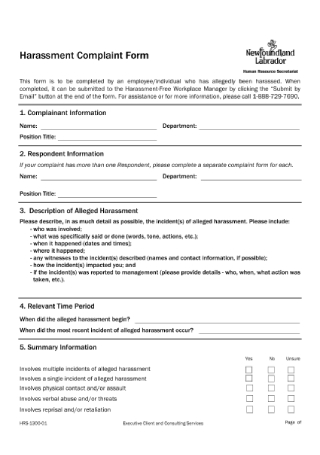
Harassment Complaint Form
Maintain a harassment-free environment by investigating complaints issued in a form.
-
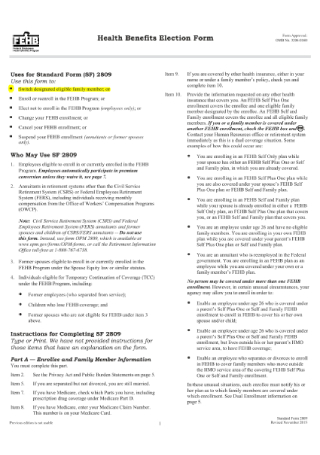
Health Benefits Election Form
Enroll employees in special programs to receive health benefits with the help of a form.
-
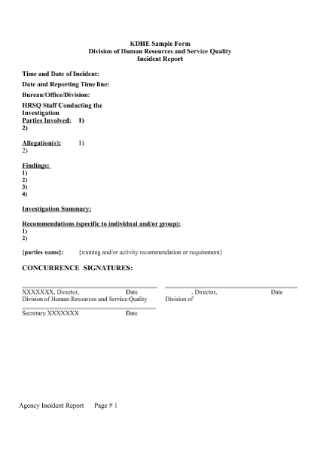
Incident Report Form
Use this form to report workplace accidents and other incidents that need to be addressed.
-
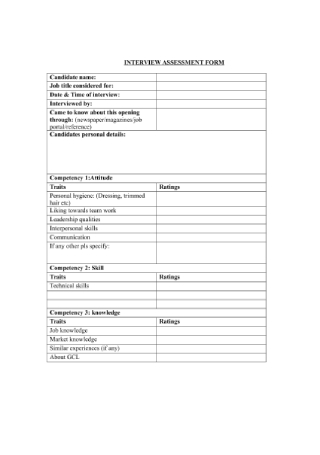
Interview Assessment Form
Score an applicant’s interview in a structured manner with the use of an assessment form.
-
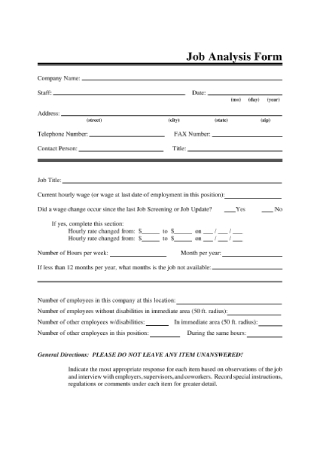
Job Analysis Form
Gather key information about the skills and responsibilities of a job using this form.
-
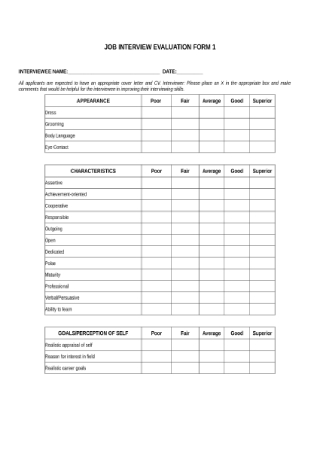
Job Interview Evaluation Form
Evaluate an applicant’s qualifications for employment with the given form.
-
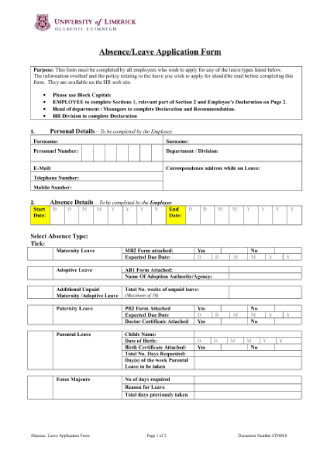
Leave Application Form
Ensure that employees are able to file for a leave of absence in advance using an application form.
-

Leave Request Form
Effectively manage requests for time off from work using a leave application form.
-
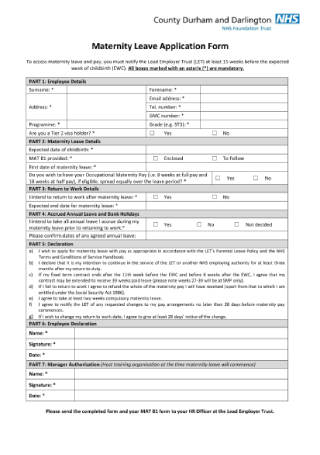
Maternity Leave Application Form
Allow expectant or new mothers to take a break from work through a maternity leave form.
-
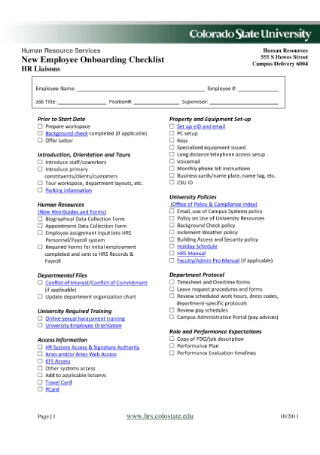
New Employee Onboarding Checklist Form
Cover all the necessary steps for onboarding a new employee by completing this form.
-
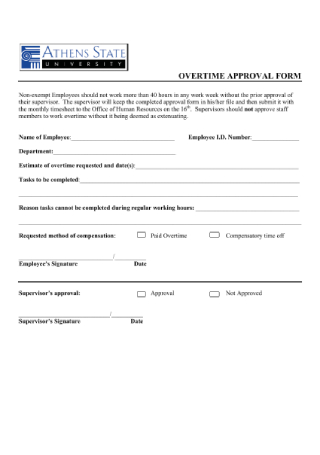
Overtime Approval Form
Use this form to obtain supervisory approval to work beyond the required hours.
-
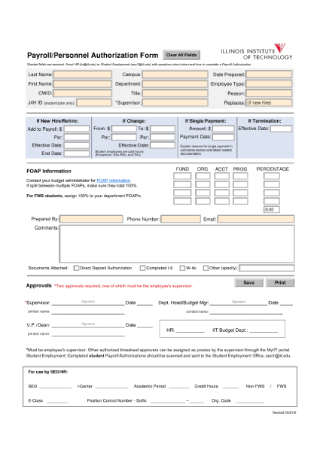
Payroll Authorization Form
Earn the authority to increase or reduce an employee’s salary using this payroll form.
-

Payroll Deduction Cancellation Form
Allow staff members to cancel their payroll deduction by signing this form.
-
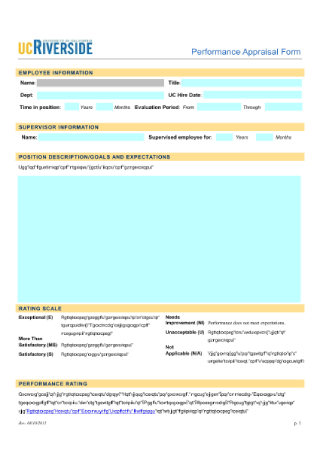
Performance Appraisal Form
Offer employees a clear understanding of their current duties by using an appraisal form.
-
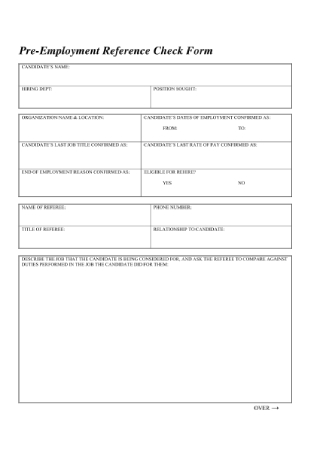
Pre-Employment Reference Check Form
Assess whether a candidate is qualified for a particular position by performing a reference check.
-

Probation Period Assessment Form
Measure an individual’s performance under the defined probationary period with a form.
-
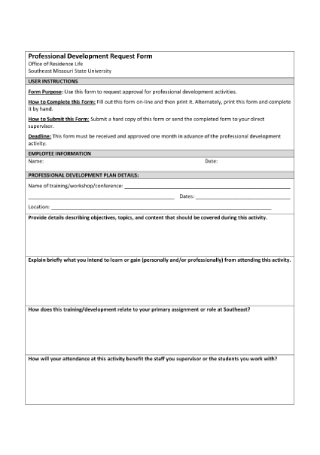
Professional Development Request Form
Seek approval for professional development activities using a request form.
-

Retired Employee Approvals Form
Hire a retired employee into a staff appointment with the use of this form.
-
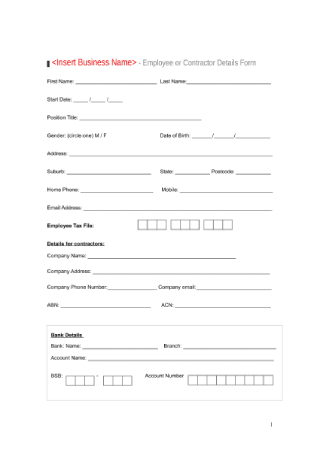
Staff Details Form
Record each staff members’ personal details in a form.
-
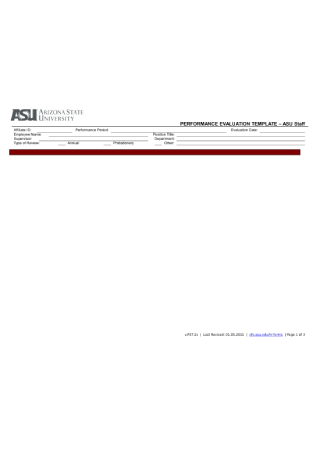
Staff Performance Evaluation Form
Carry out a performance review on company personnel using this form.
-
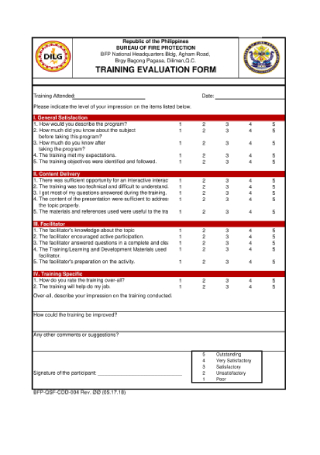
Training Evaluation Form
Acquire insightful feedback on the company’s current training course by using a form.
-
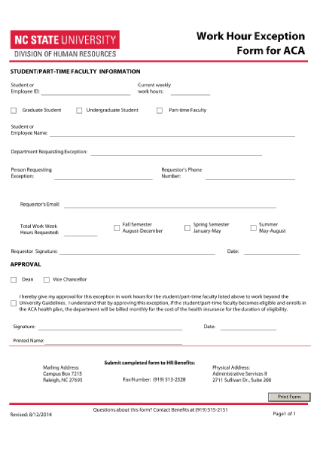
Work Hour Exception Form
Adjust to the needs of students or part-time faculty members with the help of this form.
-
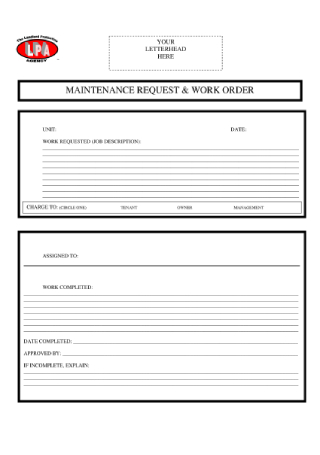
Work Order Maintenance Request Form
Process work order requests with ease through the use of a form.
-
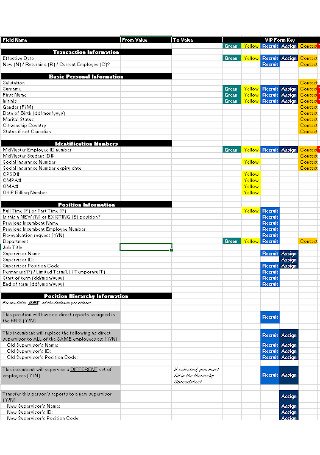
HR Spreadsheet Forms Template
download now
Human Resources
Most people spend the majority of their waking time at the office, fulfilling job tasks and other obligations expected of them. But no matter how good a person is at what they do, you can’t expect them to be happy all the time due to the stress and pressure that come with the responsibilities handed to them. This is where the human resources department steps in.
Human resources refer to the people that staff and operate an organization. This includes every single person that works for the company along with the department authorized to manage employee-related resources. As the most important asset of an organization, the status and welfare of employees are given the utmost priority so that the company may continue its operations effectively.
Eight Functions of the HR Department
The human resources department plays a number of roles in the company. In general, HR practitioners help sort out problems within the workplace by working alongside the management and the staff to ensure orderliness and tranquility. Hiring employees is relatively easy, but keeping them motivated, developed, and retained is something that most HR personnel continue to struggle with.
While the department’s primary aim is to keep employees satisfied, there’s more to this sector that not many of us are knowledgeable about. Let’s discuss the specific functions of the human resources department below.
Essential HR Forms Every Company Needs
Now that we have tackled the main functions of the human resources department, you might have a clue about the type of forms used to carry out the responsibilities that were mentioned. There are many reasons why these forms are documented on paper in the first place.
For one, it’s a great way to hasten the process for staff members to do more with the limited amount of time in their hands. Processing HR-related actions can be pretty complicated, given the number of people that make up the company’s workforce. From recruitment to staffing, financial concerns to legal matters, the human resource department does what it can to make sure that important data is properly documented for the current and future state of the organization.
So, what kind of HR forms can your company benefit from?
HR forms are generally classified into different categories. These are as follows.
